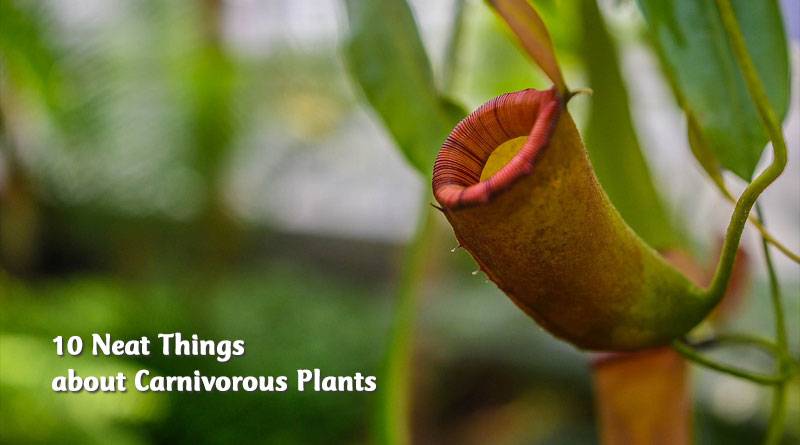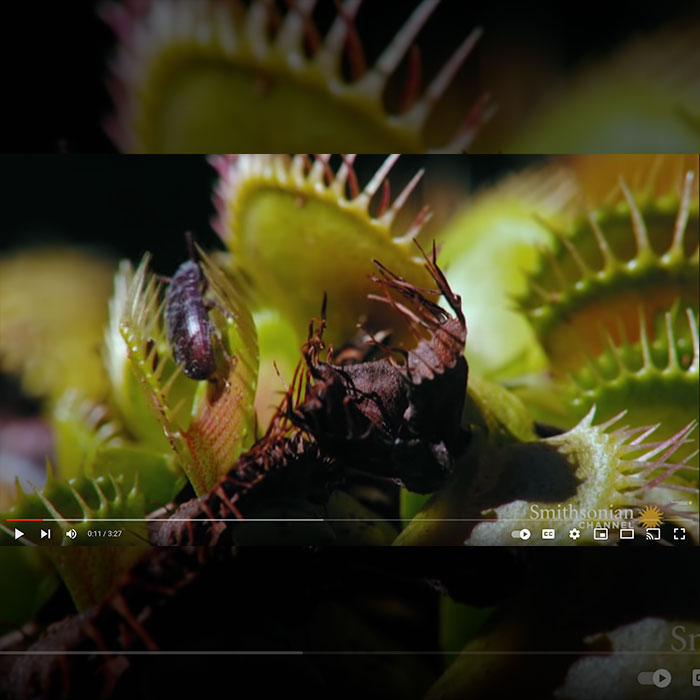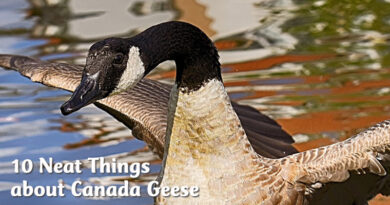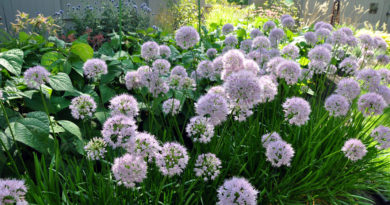About Carnivorous Plants

1. They eat what?
Carnivorous plants don’t eat meat, really; they eat insects and spiders and other arthropods. One of the larger carnivorous plants, Nepenthes rajah, can grow pitchers large enough to hold a few litres of water. On occasion, small vertebrates—lizards, frogs or mice—find their way into the pitchers, where they drown and decompose. Of course, this is the favourite sensationalist tidbit about N. rajah. It doesn’t happen often, but it is possible .
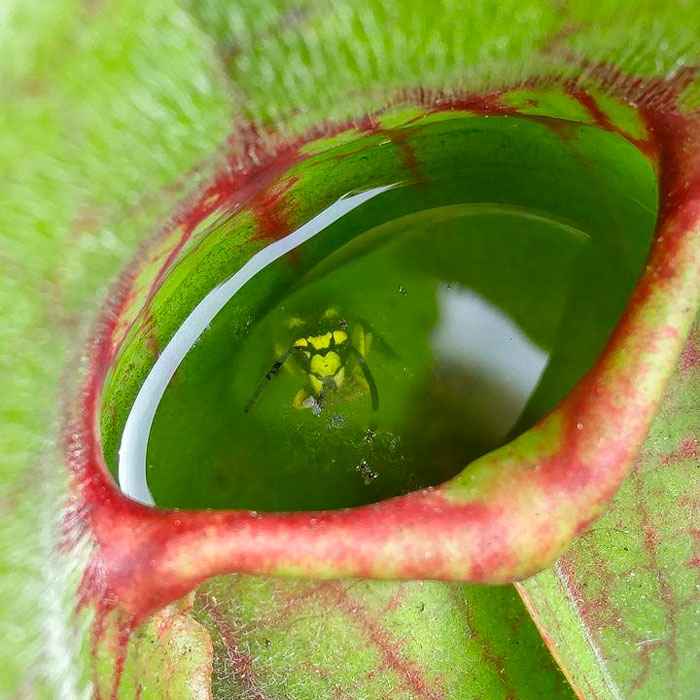
2. Little pitchers have big cups!
One method carnivorous plants use to procure prey is the pitfall trap. Pitchers have big cups formed from modified leaves. These fill with rainwater. When an insect finds its way into the pitcher—enticed by nectar—it gets stuck in the water, where it is digested either by digestive enzymes produced by the plant or by resident bacteria (depending on the species). Some nepenthes are sold as houseplants.
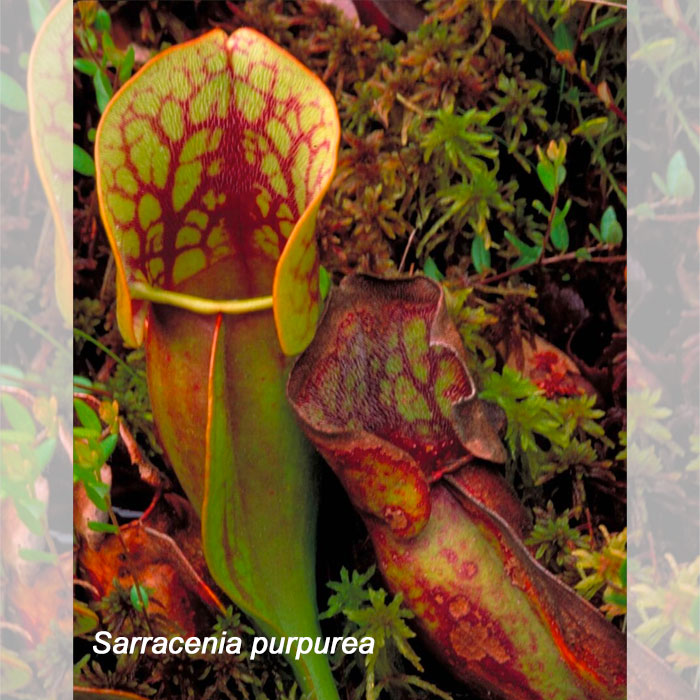
3. Purple pitcher plant.
Sarracenia purpurea is the floral emblem of Newfoundland. It is the only pitcher plant native to Canada and it is widely distributed, from the east coast to the western border of Alberta and all the way north to the territories.
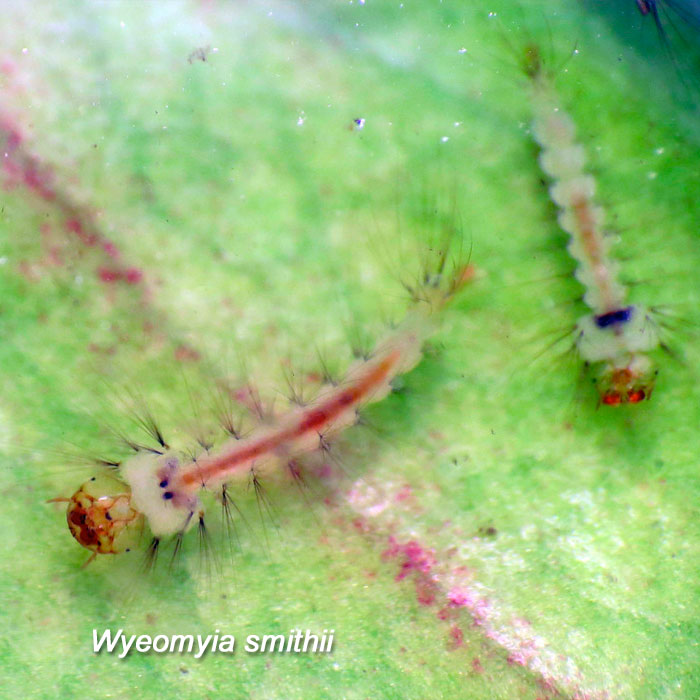
4. Helpful mosquitoes?
Not all insects are consumed by pitcher plants; in fact, some have a symbiotic relationship with them. The purple pitcher plant is the only larval habitat of a particular species of mosquito, the Wyeomyia smithii. The purple pitcher plant relies on bacteria, not digestive juices, to break down its food, and the mosquito larvae aid in the process.
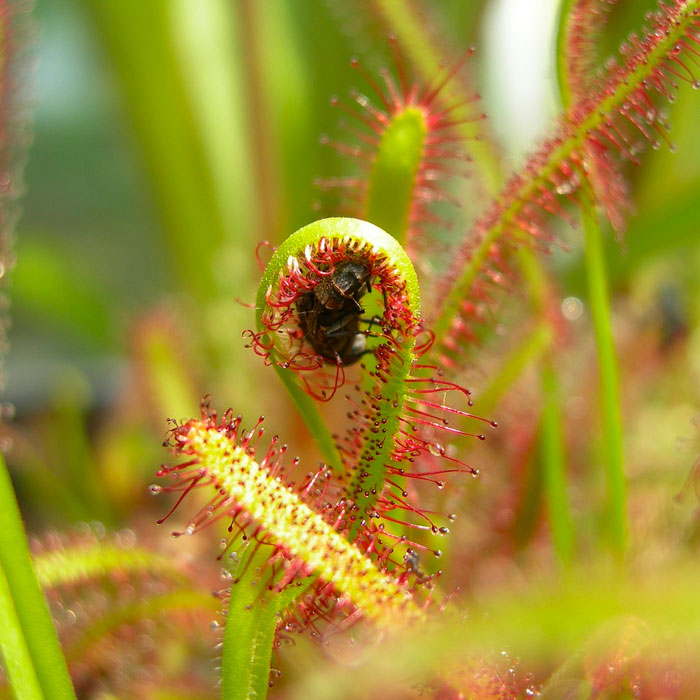
5. Sticky traps.
Another method of trapping insects is the flypaper trap. By this method, the plant secretes sweet but sticky mucilage. A flying insect landing on the plant gets stuck and dies within about 15 minutes, either from exhaustion or suffocation as the mucilage coats its body. Digestive enzymes, secreted by the same glands that secrete the sticky stuff, liquefy the insect and the nutrient soup is absorbed into the plant.
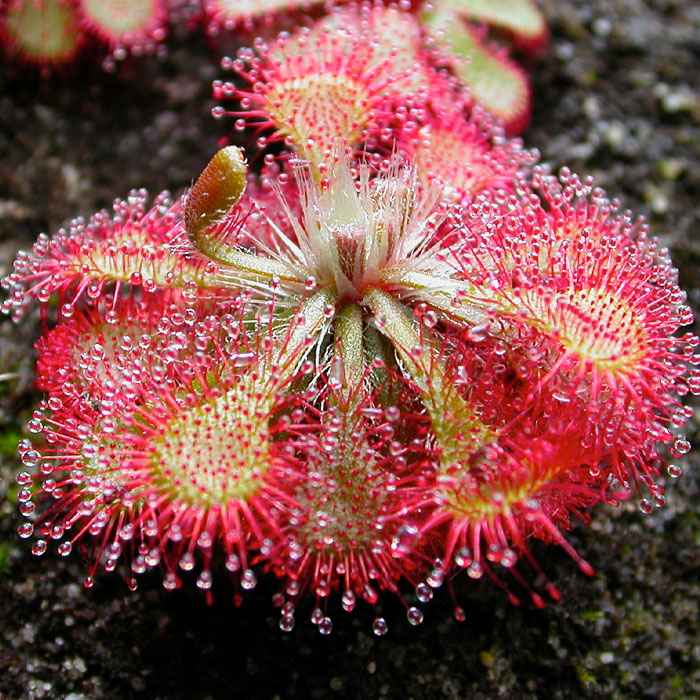
6. Sundews.
Drosera is the biggest genus of flypaper carnivorous plants. There are species that span Canada from east to west and well north, even into the territories. They are found in peat bogs, which are almost devoid of nutrients and have a very low pH. You can sometimes find sundews as houseplants for the advanced enthusiast.
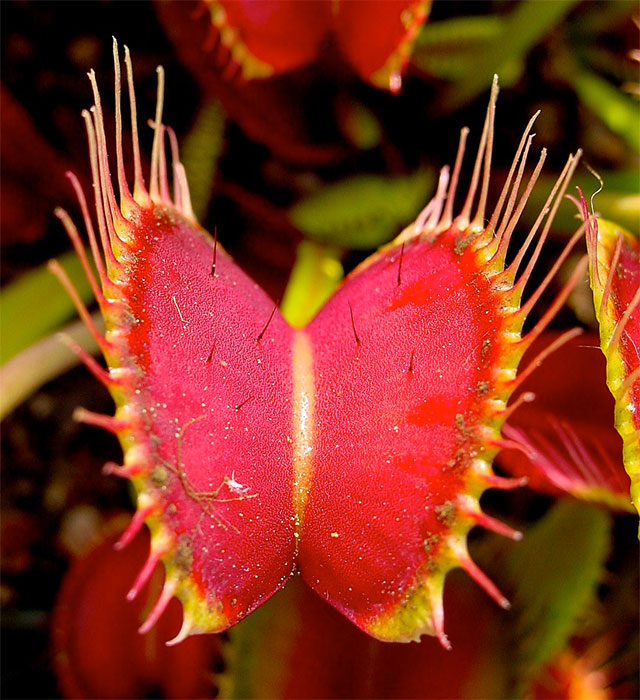

7. Venus flytrap.
The carnivorous plant most commonly sold as a houseplant is also the genus with the smallest range in the wild. Dionaea muscipula naturally occur only in boggy areas in North and South Carolina.
8. Trigger hairs.
Many people know that the flytrap snaps shut when it detects movement from an insect coming into contact with its trichomes or “trigger hairs”. Looking at the plant, one might guess that the trigger hairs are the toothy eyelash-looking things on the edges of the traps. In fact, the eyelashes—actually cilia—are there to form a little cage when the trap closes so tiny insects, which don’t have enough nutritional value to bother with the digestion process, can escape but bigger fare cannot. The trigger hairs are spikes on the surfaces of the “walls” of the trap.
9. No foolin’.
Venus flytraps are sufficiently attuned to insect triggers that they are not usually fooled by raindrops or non-food contact. The trap won’t close unless it gets at least two successive triggers, on one or more hairs.
10. See it in action.
If you’re intrigued by carnivorous plants and want to see them in action, youtube.com has several examples. You may want to start with this one (Click image to watch). Be forewarned, though, this and the other videos get you up close and personal with flies, bees and even shrews.
-Dorothy Dobbie Copyright©
Pegasus Publications Inc.



